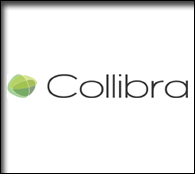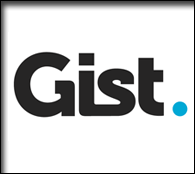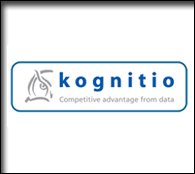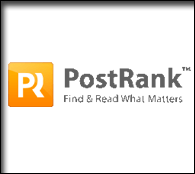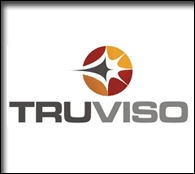One Hot Mess: Social CRM and E2.0
by Eric Norlin on Aug.10, 2010, under Uncategorized
There’s been a pretty far-ranging discussion on the blogs as of late around Social CRM. Don’t ask me to define “social CRM” - that in and of itself is a blog argument that’s been raging. What you need to know is this: Traditional CRM is about “managing customers”; Social CRM seeks to move the “management” part of the equation over to the customers themselves, thus making it more akin to Doc Searls’ VRM (vendor relationship management).
The discussion of late is centered around what it means to have “efficient, one-off, customer interaction” — i.e., to treat every person like, you know, a person (with their own wants, needs, desires and idiosyncrasies). More specifically, the discussion is around A) what the customer really wants (hint: most of the time it’s not increased interaction) and B) how this helps business.
The crux of it all is this (my read on it, anyway): We need to automate as many “CRM” processes as we possibly can, in order to deal with 90% of the situations where customers don’t want increased interaction, they just want speedy results. We need to do that, so that we can elevate the human element for the 10% of the situations that actually require (and by “require” I mean, the customer desires) increased interaction.
Is this just the 1 to 1 marketing of Peppers and Rogers? I don’t think so.
To actually accomplish the 90%, you have to focus on productivity-enhancing tools. As I’ve blogged in the past, these tools carry with them the uncomfortable “dark side” of their mission — namely, to do more in business with less people (i.e., to lay people off). Only through real “process improvement” could we actually achieve the efficiency needed to be able to handle the extreme demands of the 10% interactions.
And process improvement can start with simple things. What I question is this? Can it succeed with simple things, or does it (by necessity) require organizational re-design (as groups like Dachis Group are advocating)?
At the end of the day, we probably have to re-examine the metaphors of interaction themselves.
Email worked because the metaphor worked. You receive a letter, you write a response, you “mail” the response. The analog was easy. ”Social” — is struggling for metaphors, and the ones that are succeeding (Twitter, Facebook and FourSquare) are all based on previously understood analogs (chat, walls/forums, and “checking-in”).
Bottom-line: the tangle of questions here — process, metaphors, productivity, etc — are one hot mess. The kind of mess that needs prolonged discussion…you know, like at a conference. ![]()
[P.S. It's probably useful if I point out that Defrag has been ahead of the curve on this discussion for four years relative to other tech conferences. If you wanna "keep current," you should probably go somewhere else. If you wanna know what's around the corner, join us.]


